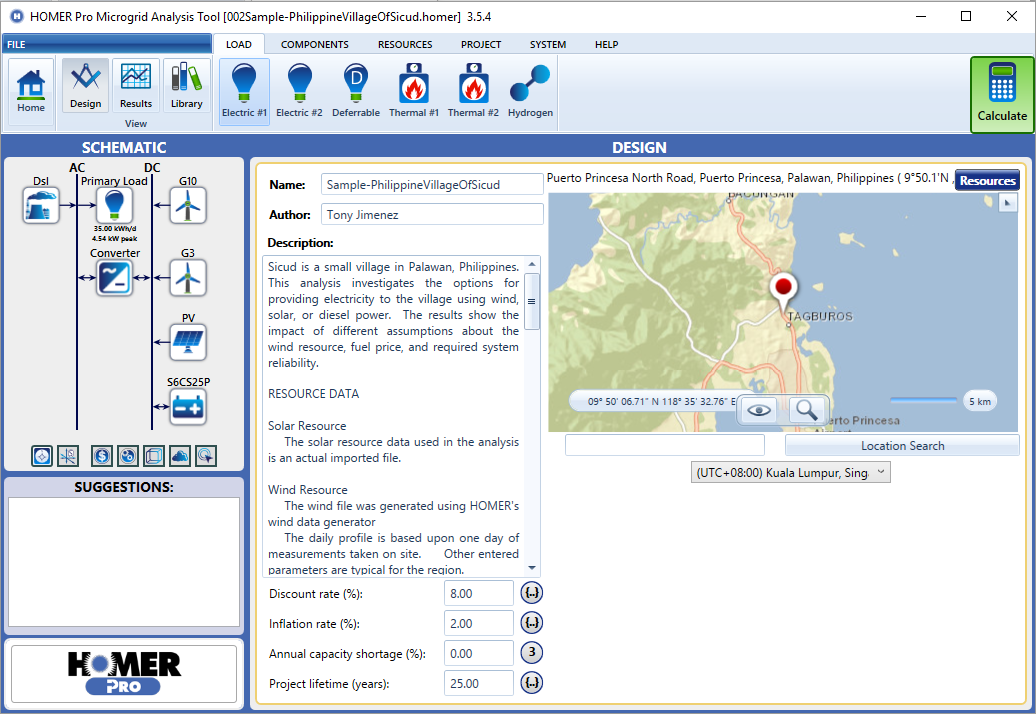List of solar PV design software tools, features and pricing
Solar energy is a much more accessible form of power generation. Correspondingly, there are many solar power installers who will design and install a small scale solar power generation plant at – industrial plants, commercial buildings and even houses.
All of those solar installers need some kind of solar PV design software for –
- Estimating the solar energy available at a given location – for example, rooftop of a building
- Calculating the shadow free area on the site, available for solar PV installation
- Designing a solar PV installation to produce the required solar power
- Calculating the projected solar energy production
- Creating the engineering drawings and reports for the planned installation
Table of content
1. Solar PV design software tools
1.1 Aurora
1.2 BlueSol
1.3 PVsyst
1.4 Helioscope
1.5 Pylon
1.6 Homer
1.7 SolarEdge site designer
1.8 PV Sol Free & Premium
1.9 PV F-chart
1.10 RETscreen
1.11 System Advisor Model (SAM)
1.12 Solarius
2 Other software tools useful for solar PV installers
Mục lục bài viết
Solar PV design software tools
Let’s now look at some of the popular solar design software tools used by solar PV installers.
Aurora
Features: Create an entire engineering design and sales proposal with just an electric bill and an address
Rating: 4.5/5 on Capterra
Available as: Online Software as a Service (SaaS)
Pricing: $135 – $220 /user /month
Website: http://www.aurorasolar.com/

BlueSol
Features: BlueSol Design simulates, via software, the behavior of the PV system in all its components. The schematic representation allows the designer to have a precise view of the operation. BlueSol Design integrates a CAD system that automatically generates the single-line electrical diagram.
Rating: Not available
Available as: Native software on Windows or Mac
Pricing:
Website: http://www.bluesolpv.com/

PVsyst
Features: This is a user friendly software, requiring only few inputs for the project area, desired capacity, solar module and inverter. Then it enables easy simulation and quick estimation of energy production at the planning stage. You can use it for detailed study, sizing, hourly estimation and report generation. It’s a handy design tool for PV system design, simulation and estimation. You can use the data from PVSyst to separately create a project proposal, using a standardized solar proposal template.
Rating: 4/5 ; It is hugely popular software, despite the seemingly average rating
Available as: Native software on Windows
Pricing: $1000 – $1400 one time
Website: https://www.pvsyst.com/

Helioscope
Features: 3D design, rapid proposals, simulations, unlimited designs, live support, single line diagrams, automatic CAD export, library of 45,000 components, global weather coverage, shade reports up to 5MW Systems. The software makers claim that it will speed up the design process by 10 times.
Rating: 4/5
Available as: Online Software as a Service (SaaS)
Pricing: $95 /user /month
Website: https://www.helioscope.com/
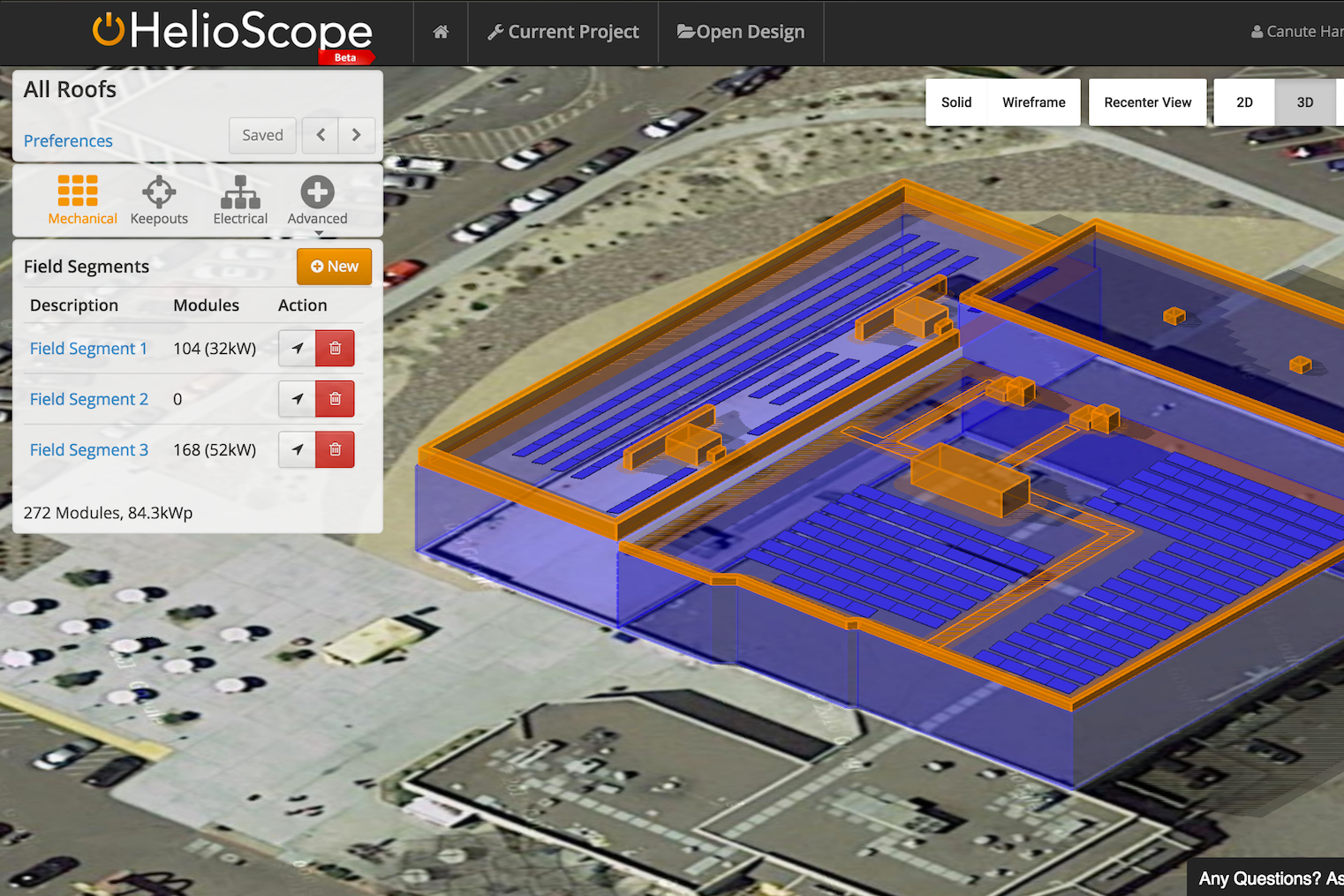
Pylon
Features: Pylon is very interesting because of it’s lightweight, usage based pricing model. It is available as an online Software as a Service (SaaS) tool, but does not have any monthly fees. Instead you pay $4 for each project that you create on Pylon. This startup from Australia, has built an intuitive and user friendly solution, where you can get started within minutes. Some of their important features include – high resolution aerial imagery, 3D solar shading analysis, interval data analysis and load profiles, financial projections, web & PDF proposals, e-signatures and payment gateways.
Rating: 4.6/5 on Capterra
Available as: Online Software as a Service (SaaS)
Pricing: For no up front cost and only $4 per project
Website: https://getpylon.com
Homer
Features: You can use this for simulation with multiple energy sources, add multiple loads. You can add factors like wind speed, fuel cost and emissions penalties to the simulations. It enables location search by name. But it’s not specifically designed for Solar PV. So some of the reports may not be as comprehensive as from other solar PV specific tools.
Rating: 4/5 on Capterra
Available as: Installed software on Windows OR cloud hosted SaaS version
Pricing:
Website: https://www.homerenergy.com/
SolarEdge site designer
Features: This is FREE tool to help commercial solar installers to reduce their design costs and include attractive 3D design in their proposals. SolarEdge uses either custom or satellite images to design photovoltaic projects from the first stage to the very installation.
Rating: 4/5
Available as: Online Software as a Service (SaaS)
Pricing: Free web based tool
Website: https://www.solaredge.com/us/products/installer-tools/designer#/
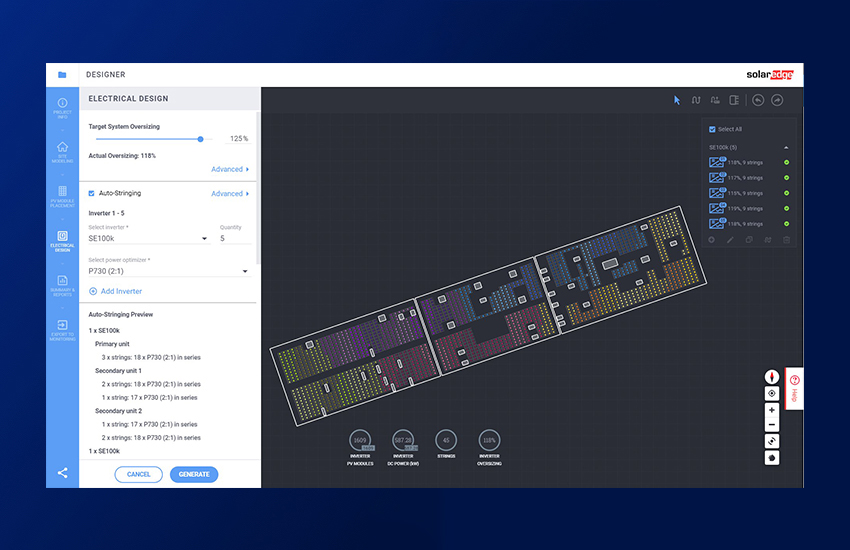
PV Sol Free & Premium
Features: PV SOL is the 2D solar software design tool for simulating photovoltaic system performance. If you don’t want to use 3D model shading and landscape visualization, then this is a well suited option.
Rating: 4/5
Available as: Installed software on Windows
Pricing: Free version available; premium version EUR 1200+ one time
Website: https://pvsol.software/en/
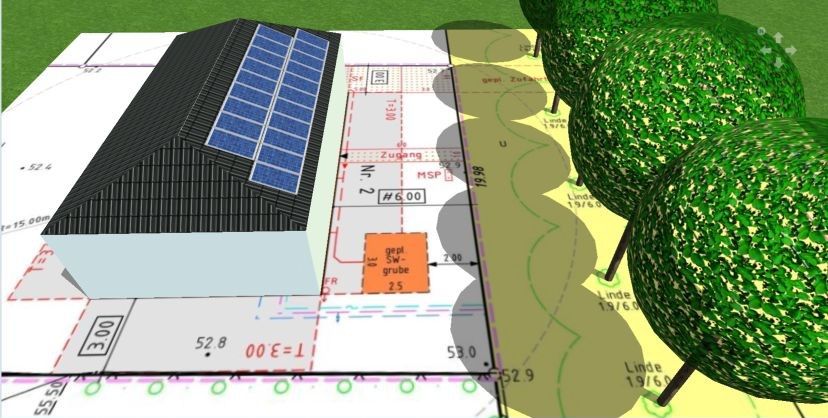
PV F-chart
Features: This is more of a collection spreadsheets with macros than a sophisticate design software. It is a basic tool where data has to be entered manually for every parameter. It has limited automation and no wizards. 300 locations are bundled with the software. But there is no option to import weather data from common sources like TMY3. No option for module or inverter data to be added to calculation.
Rating: 3/5
Available as: Installable native software on Windows
Pricing: $400 one time for students; $600 one time for academic use
Website: http://fchartsoftware.com/pvfchart/
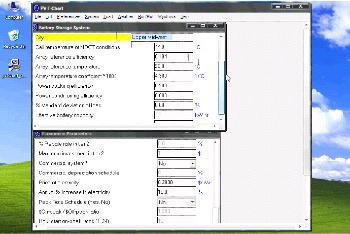
RETscreen
Features: RETScreen enables you to identify, assess and optimize the technical and financial viability of potential clean energy project. It comes with following features – benchmarking, budgeting, forecasting, emissions monitoring, meter tracking, weather normalization, bill importing, risk management, load forecasting etc.
Rating: 4.5/5 on Capterra
Available as: Installed software on Windows
Pricing: $869.00 /user /year
Website: http://www.retscreen.net

System Advisor Model (SAM)
Features: This is free tool developed by Department of Energy (DoE) and National Renewable Energy Laboratory (NREL). It enables performance predictions and cost of energy estimates for grid-connected power projects. It needs a lot of manual data entry and is not very user friendly. It does not offer shading analysis but can import this data from PVsyst.
Rating: Not available
Available as: Installed software on Windows, Mac, Linux
Pricing: Free Software
Website: https://sam.nrel.gov/download

Solarius
Features: 3D modeling of parametric PV system objects, even starting from DXF or DWG CAD drawings or BIM models, calculation of photovoltaic shading directly from a photo, extensive libraries of PV panels, inverters and batteries, wiring diagrams, financial analysis tools
Rating: 3.5/5
Available as: Installed software on Windows
Pricing: EUR 7 /month onwards
Website: https://www.accasoftware.com/en/solar-design-software

Other software tools useful for solar PV installers
Apart from the design software tools listed above, a solar business also needs tools for other important processes like – marketing, lead management, project tracking etc.
Fuzen.io offers a variety of user-friendly, customizable solutions, built within your Google Drive accounts.
Marketing
Sales
Project Management
Material Management & Procurement
- Material procurement management
- Inventory management

